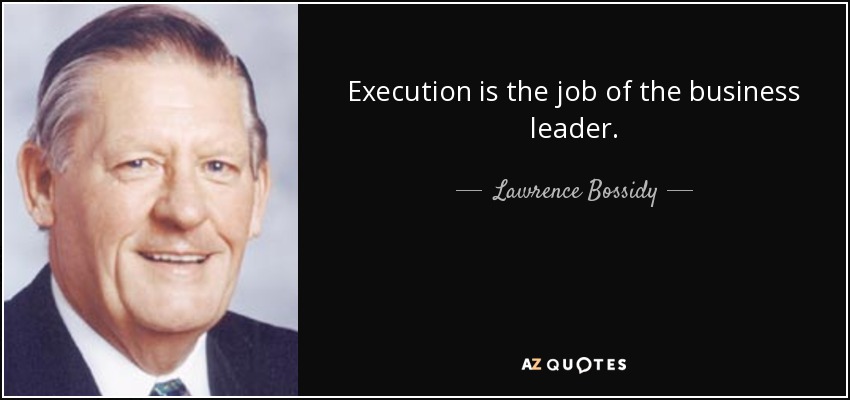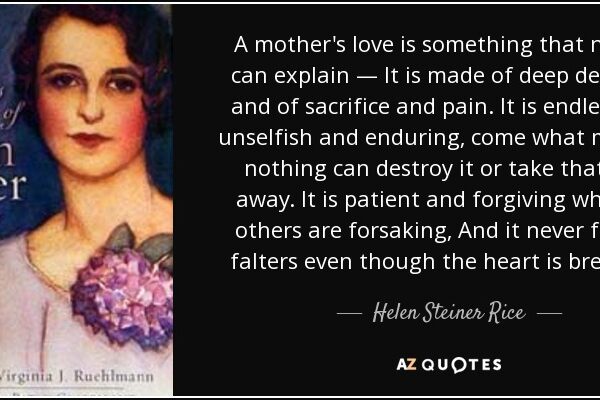It seems fitting to end this month’s focus on hard work versus laziness with a business classic.
At the turn of the century, 40 CEOs of America’s Top 200 companies were let go. Why? They failed to deliver what they promised. In 2002, then Honeywell International CEO Larry Bossidy and Harvard Business School professor Dr. Ram Charan teamed to flesh out their thesis that execution—the real job of business leaders and the key discipline for success today—bridges the gap between what leader want to achieve and the ability of their organizations to deliver it.
They point out that a fundamental problem in companies is that leaders do not lead for execution, but view execution as something they can delegate to others. Bossidy’s experience shows that execution is not just a tactical aspect of the business, it must be engraved in the corporate culture.
Having a good strategy is not enough. Having a strategy is just talk without a delivery. Execution is what brings a strategy to life.
Bossidy and Charan unpack this thesis in their best-seller from 2002, Execution: The Discipline of Getting Things Done. Fortunately, the ability to follow your plans and get things accomplished is a discipline that can be learned, just like any other.
On a fun side note, I recall a NASA Executive reading the book when it first came out. In fact, he explained that he took it with him to jury selection and did not have to serve on a jury (hinting that the book’s title, Execution, may have scared off the defense attorney)!
Click here to understand the fundamentals and basic practices of Execution





